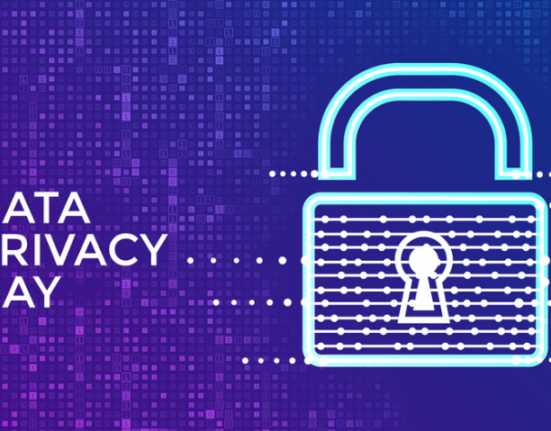As the global threat landscape evolves with new technologies, the board of directors must also evolve to ensure their organisations are secure. Boards can no longer afford to ignore cybersecurity threats; they must actively work to assess and mitigate risk. This means that boards must understand not only the technology side of security but also how this technology interacts with business processes.
To effectively manage cyber risk, the board should have a clear understanding of its role in overseeing cybersecurity and developing risk-mitigation strategies. The board of directors should be aware of their organisation’s data flows, cloud usage, third-party vendors and partners, network architecture, and other factors that may affect their digital security posture. They should ensure that security control policies and procedures are regularly updated as threats and technologies evolve.
The board must also be ready to scale its security operations in tandem with the organisation’s growth and have a clear understanding of how each technological investment will improve the overall security posture. They should ensure that decisions are data-driven, taking potential threats, compliance requirements, and budget constraints into account. Boards of directors should meet regularly to review the status of cyber security measures as well as any changes or updates made by management.
Boards can help to protect their organisations from malicious actors by understanding their role in cybersecurity and making risk mitigation strategies a priority for the organisation. To do so, IT departments and executive teams at all levels of an organisation must collaborate, as well as stay current on the ever-changing threat landscape. Boards can help protect their organisations from devastating cyber risks by providing proactive and informed oversight.
Why should the board and not IT take the lead in cybersecurity?
Understanding and managing cyber risks is a top priority for any organisation in the digital age. Unfortunately, many organisations delegate responsibility for cybersecurity to IT, leaving the board disconnected from this critical area. The board must play an active role in overseeing the cybersecurity strategy and implementing best practices to protect the company from digital threats.
With the board as a partner, businesses can develop clear objectives and risk appetite goals that will improve their overall security posture. The board oversees how technology can be used to best serve business interests while also keeping potential risks or threats in mind. This oversight ensures that appropriate risk-mitigation measures are taken, such as investing in new technologies or updating existing ones. Furthermore, boards can ensure that the organisation has a clear cyber incident response plan in place as well as a system for measuring and reporting on its cybersecurity performance.
To protect an organisation from threats, it is critical to take the lead in cybersecurity. With today’s complex landscape of digital threats, IT departments alone cannot manage security risks. Board members must be educated on the latest cybersecurity trends and understand how they affect their company. By involving the board in all aspects of cybersecurity, organizations can build stronger defence systems, lowering the risk of a cyber-attack or data breach.
Organisations can ensure that they are best protected and prepared for any potential threat by taking the lead in cybersecurity and involving the board.









